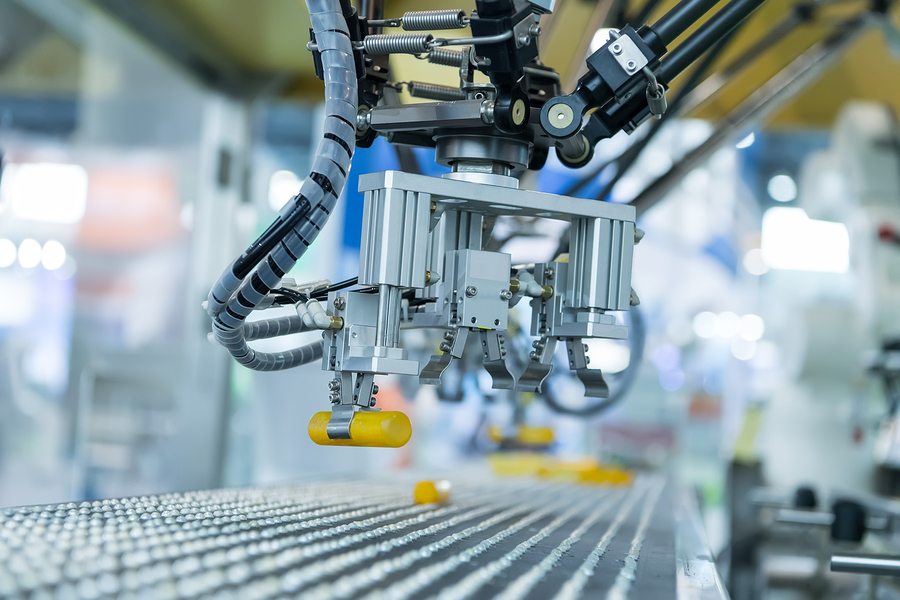Manufacturing Automation, Recruiting — and the Human Resource Hurdle
December 18, 2017

Automation has become a topic of increasing importance in the manufacturing industry in recent years. Why? The next breakthrough in manufacturing automation is forecast to hit the tipping point five to 10 years from now.
But by then it’ll be too late to start strategic planning — which is why planning is a key part of a competitive strategy today. Knowledge in automation are already proliferating in other industries as automation technology finds increasingly wider applications.
What will this involve? An enormous shift to manufacturing automation over the next decade or so for virtually any product produced in volume, and a marked increase in demand for skilled workers who can set up, supervise and maintain automated manufacturing equipment.
Consider the following strategies, which could help you keep up with manufacturing trends and advancements to ensure that your company recruits, hires and retains the best of the best.
The Game Plan
Is your company currently developing a plan to meet future labor demands? In order to gauge your level of preparedness, be sure to:
- Take into account both advanced technical process knowledge and necessary soft skills, such as programming.
- Have strategic discussions with current workers to gauge their interest in being part of a technical revolution in the company.
- Send out salary surveys to pin down the value of the new, more technical positions you’ll need.
- Determine what the pay scale would look like for these more advanced positions.
Will the technology be such that degreed engineers will be required to manage a group of robots? You may gain insight on this last question through your benchmarking visits. This is also an area where an outside consultant may be the right answer.
The HR Huddle
The most senior leaders in engineering, manufacturing and IT need to create a small team of process design engineers and programmers. The team’s task? To investigate how the shift toward automation will affect the hiring and training of employees.
Start with supplier specialists who specialize in manufacturing automation design. Ask them where and how to find people with the skills necessary to fill the more technical roles on the shop floor.
Equipment suppliers will provide useful insight into operator requirements based on their experience. Ask them if they can arrange for you to visit noncompeting factories to observe and take part in discussions and Q&A sessions.
Manufacturing and human resources leaders would do well to get up to speed on this emerging field, engage now and develop new hiring strategies. Recruiters actively involved with filling automation and programming positions could be a resource for developing your recruiting process.
Look at technical schools and colleges to determine what kinds of education, certifications and degrees are available (or planned) for use in internal training.
The key message here? Be proactive.
The Automation Opportunity
Create new apprenticeship programs, either internally or by contracting with local colleges or tech schools. Employees who have the opportunity to progress into more technical and better-paying jobs will be more inclined to stay with their current companies.
Without these opportunities, some of the best employees will upgrade their skills on their own initiative — or simply leave. These top performers may also be recruited by other companies that are better prepared.
It’s also imperative that succession planning become a priority for the highly skilled jobs of the future, just as has been done for decades on journeyman maintenance and machining skills.
Summary: Tomorrow’s Here
So, what does the future hold for manufacturing?
- An increased need for skilled workers — and a recruitment and hiring process that keeps trends and advancements in mind.
- Early winners will be the companies that are already educating themselves on these future human-resource needs.
- Industry leaders of tomorrow are already developing the support network necessary to learn and win.
From a strategic-planning standpoint, the future is now.
- More manufacturing content: How to reinvest tax credits to support your future
Stay informed with Aprio.
Get industry news and leading insights delivered straight to your inbox.
